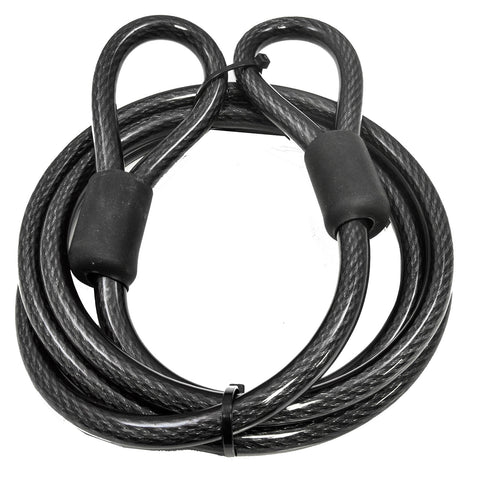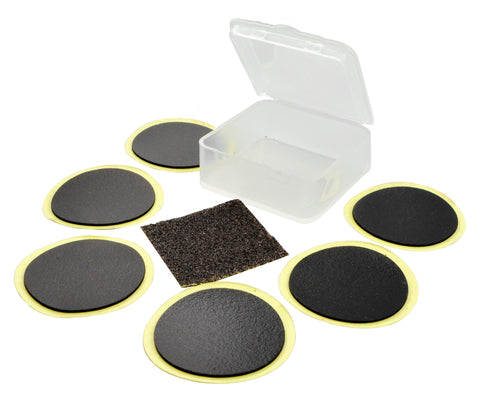
Bicycle Riding Etiquette: TOP 10 RULES FOR RIDERS
There are definite rules of the road when riding a bicycle. From novices to avid cyclists, all should be aware of these rules in order to protect themselves and others sharing the road. When a rider gets on a bike, they are taking on the ability to control a mode of transportation that can get them to work, around town and take them on adventures. But that does come with some responsibility, to be aware of everything going on around them while on the road. The following are a compilation of the TOP 10 rules riders should follow for general riding including commuting, especially in cities.
1. Always Ride with Traffic
Some new riders might think it makes sense to ride against traffic, this way they believe drivers can see them coming. However this can cause major accidents. For instance a driver is stopped and ready to make a right hand turn. They look to traffic to their left and prepare to go. If a rider is coming against traffic, the driver is definitely not expecting to see them just appear in front of them. (Yes they should look both ways but that is in an ideal world.) Riders should always ride with traffic in the right hand lane. If there is no bike lane, riders should still use the right hand lane, their right to do so is protected by the law.
2. Riding Abreast
Riding solo can get boring sometimes. Having a friend along to share the ride with can be a great experience. However, on major roads it is not acceptable to ride side by side. The person closest to traffic is in danger of being hit, not to mention it can cause major traffic delays. Some drivers are patient and wait for a chance to pass, but that is not always the case. (Anyone heard of road rage?) You need to remember to be respectful of others sharing the road. Riding abreast is acceptable when in a large group on less traveled roads as well as on greenways or trails, not for roadways. If in a group, never travel more than two abreast for safety reasons.
3. Keep Your Hands on Your bike
We all remember how cool it was when we were younger to take our hands off the handlebars and control our bike with just our legs. Unfortunately we aren’t riding in our cul de sac any more. On major roads it’s not cool to be riding with your forearms or taking both hands off the handlebars because it only takes a second for you to lose control of your bike and get into an accident. There is nothing cool about losing control of your bike.
4. Signal
People who drive cars and don’t signal are my biggest pet peeve! Not only is it the law but it helps prevent accidents and honestly it takes one second! (Thanks for listening to my short rant.) The same is also true of bicycle riders. When on the road, it’s important to signal your intention to drivers or other riders since they can’t read your mind. Below are the different hand signals to use when riding your bike either alone or with a group.

One more note about signaling. When making a left turn, just like a car, it is best to get into the left turning lane. Once you turn, you can then get back over to the right side of the road. This makes sure you aren’t crossing multiple lanes of traffic when the light turns green. Instead you are ready to turn along with other turning vehicles.
5. Ride Defensively
Don’t assume that drivers are going to be courteous or that they are even going to see you. Always be aware of your surroundings, pay attention to those on the road and try and be prepared for any circumstances. You must be on the defense at all times.
6. Call Out Your Intentions
It’s respectful to pass on the left when going around other riders. It’s also very important to call out to them. If you are passing another rider within the same lane, you must call out “on your left.” Regardless of whether you think they know you are there, regardless of whether you can reach out and touch them, you need to make them aware that you are coming up on their left. This way they are aware of your presence and can give you space to go around them.
7. Watch Out for Parked Cars
This is a huge issue in many major cities. A lot of times there will be parking right next to the sidewalk on a major street and to the left of the parked cars is a bike lane. While the bike lane is much appreciated, many drives do not, let me repeat that DO NOT, look to see if a bicyclist is coming when they open their car door. Once that car door is open a bicyclist either hits it and goes flying or has to veer into traffic, either way it can be a major accident in the making.
8. Riding on the Sidewalk
Many major cities, especially those with bike lanes, have a law against riding your bike on the sidewalk. For specifics of what is and is not allowed in your area, check out www.municode.com for the full municipal code for the city where you’re riding. The laws change city by city as well as state by state. Sidewalks are usually for pedestrian traffic.
9. Be aware
I mentioned this earlier but it bears repeating, be aware when riding your bicycle. While I know you want to be cruising around listening to your sick beats, this rule means no headphones. Wearing headphones limits your ability to know what is going on around you. It means not being able to hear a passing cyclist or even just road noise of other drivers.
10. Be respectful
We talked about this earlier as well but it deserves its own paragraph.
Being respectful means when you reach a red light, you should wait behind the cyclist who is already there. It’s a huge faux pas, and basically a d*^k move, to stop ahead of them, effectively cutting them off. And for what? So you can be two seconds ahead of them and probably sitting right in the middle of the crosswalk. Don’t be that person.
Being respectful also means taking your butt off of your seat, setting one foot down on the ground and waiting at a red light. Don’t try and beat the light, don’t try and do little circles on your bike so you don’t have to stop. It means actually stopping your bike and obeying traffic laws, just like any other vehicle on the road. I know it may come as a shock, but yes, you do have to stop at stop signs and red lights.
All of these rules exist to protect you. In 2015, 818 bicyclists were killed in crashes with motor vehicles and 71% of those fatalities occurred in urban areas. (National Highway Traffic Safety Administration). Accidents with cars is just one way to get hurt, that doesn’t include cyclist-on-cyclist collisions which can be just as serious leading to skull injuries, missing teeth or broken bones.
Be careful on the road and happy riding!




